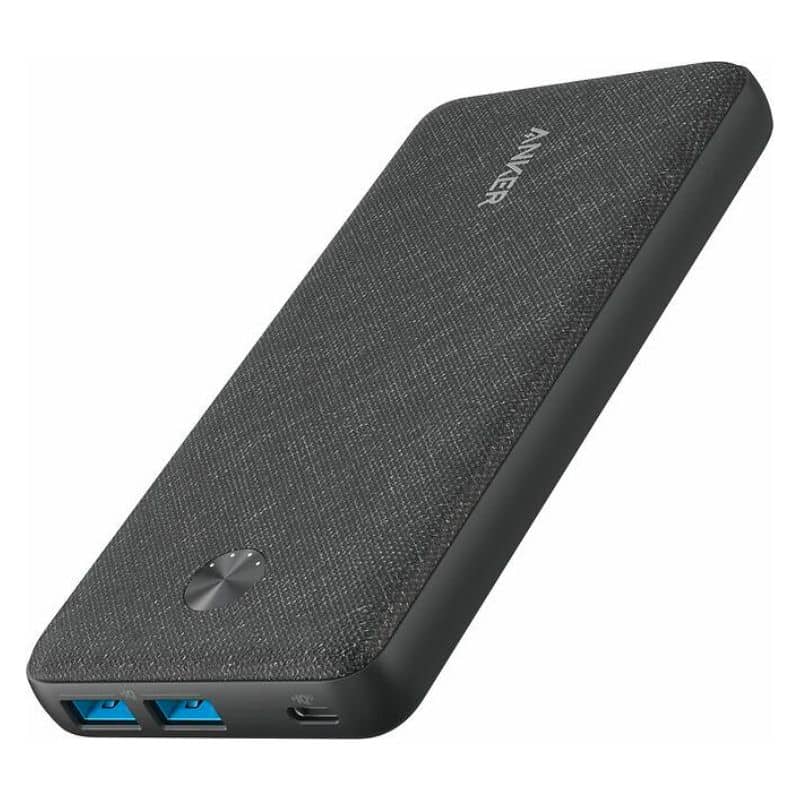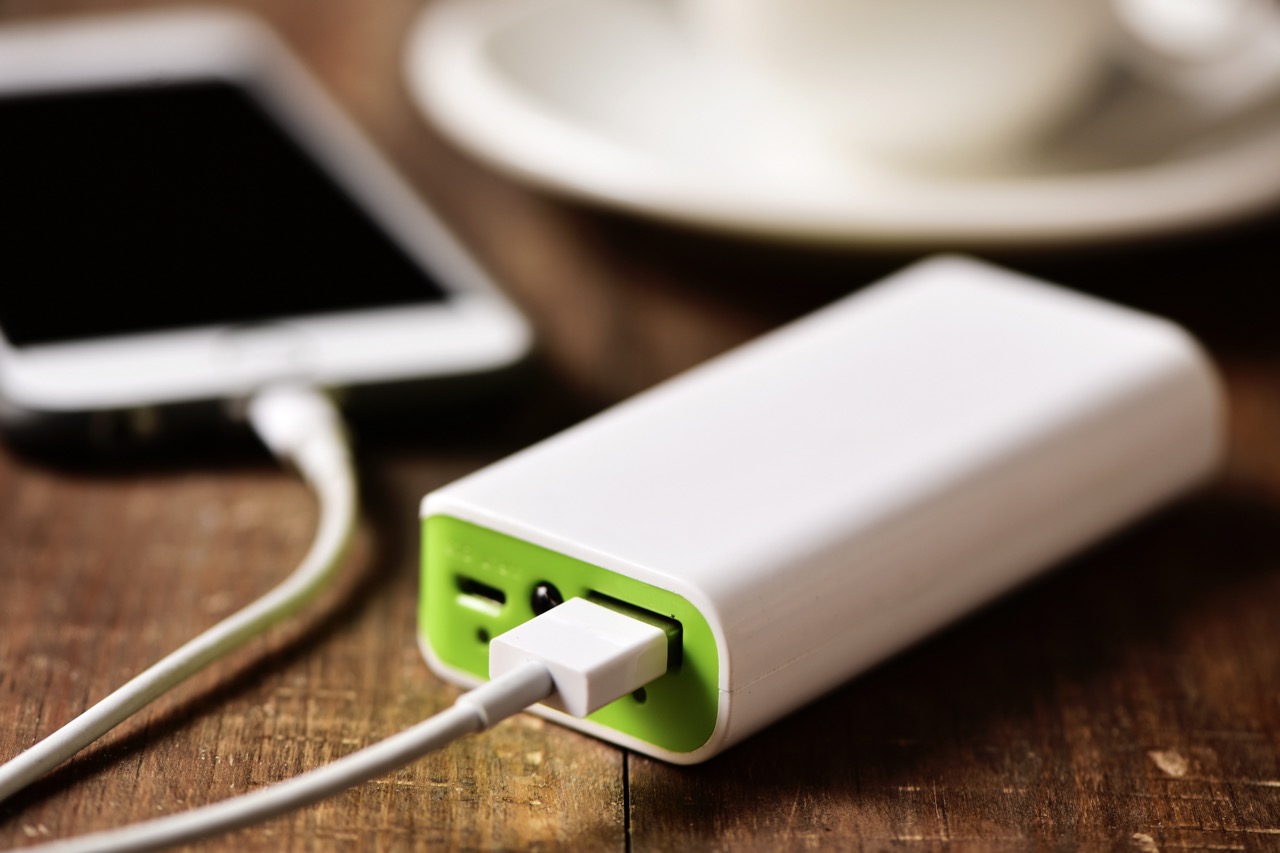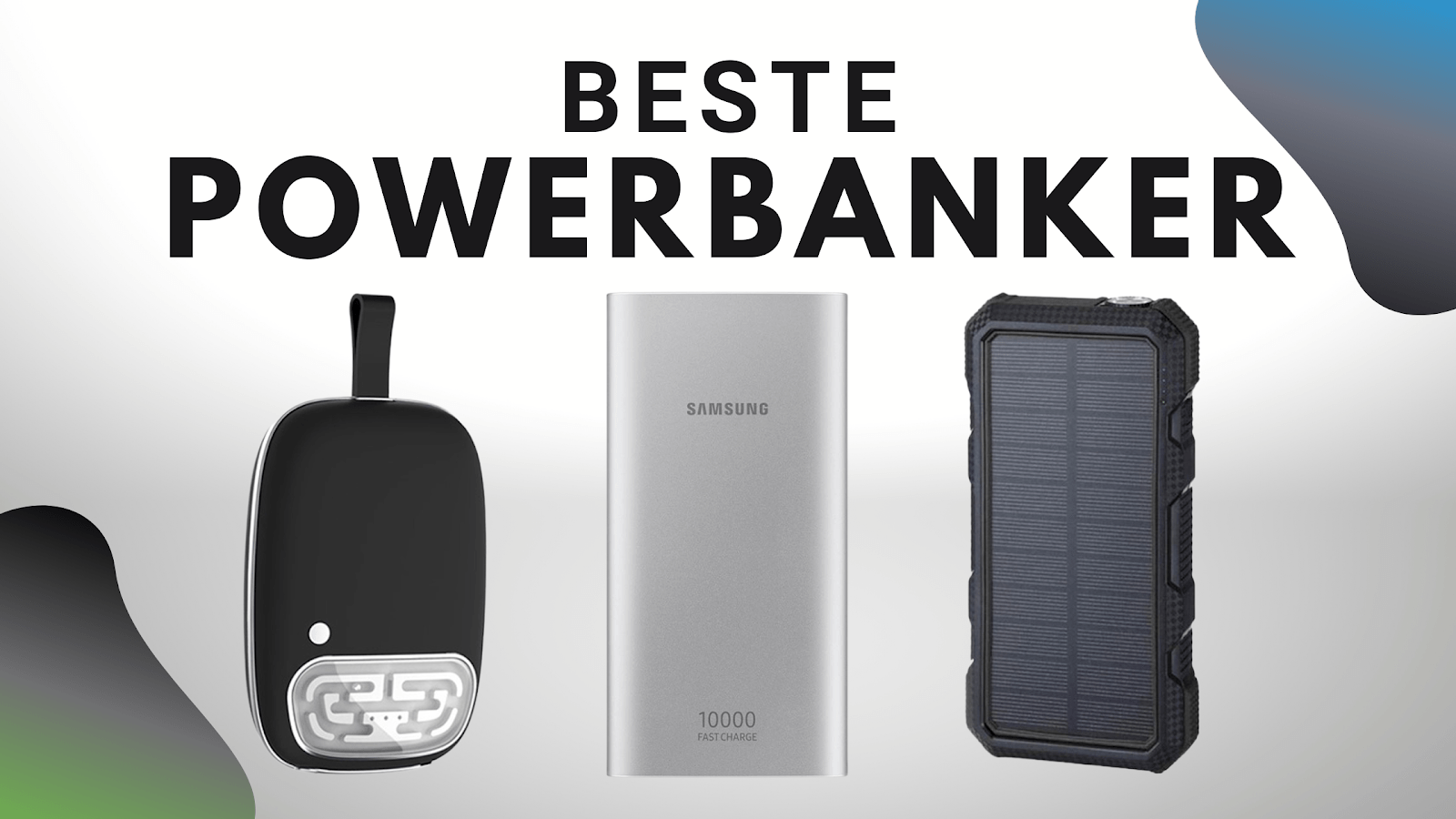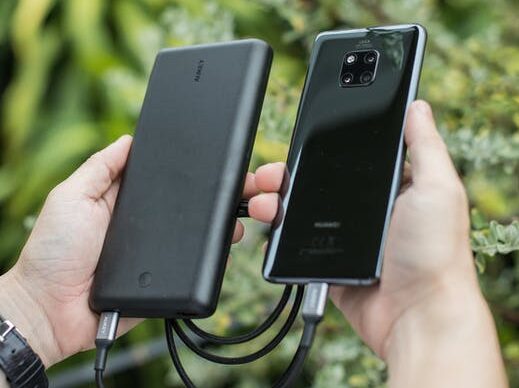A powerbank is a portable charger that stores electrical energy for charging smartphones, tablets, and laptops on the go. Factors to consider include capacity, output power, ports, size, weight, and safety features. Read on to discover our recommended top 5 powerbanks for different needs.
Innholdsfortegnelse
Introduction
A powerbank, also known as a portable charger, is a device that stores electrical energy and can be used to charge various electronic devices such as smartphones, tablets, and laptops. It is a convenient solution for individuals who are frequently on the go and need to keep their devices powered up. Powerbanks typically consist of a lithium-ion battery, circuitry to manage the charging and discharging process, and ports to connect the devices.

Factors to Consider when Choosing a Powerbank
When it comes to finding the best powerbank, several factors need to be considered. These factors include:
1. Capacity
The capacity of the powerbank, measured in milliampere-hours (mAh), determines how many times it can charge a device. Higher capacity powerbanks can charge devices multiple times before needing to be recharged themselves. It is important to choose a powerbank with sufficient capacity to meet your charging needs.
2. Output Power
The output power of the powerbank, measured in watts or volts, determines how quickly it can charge a device. Powerbanks with higher output power can charge devices faster. Consider your device's charging requirements and choose a powerbank with suitable output power.
3. Ports and Compatibility
Check the number and type of ports available on the powerbank to ensure compatibility with your devices. Some powerbanks offer multiple ports, including USB-A and USB-C, allowing you to charge multiple devices simultaneously. Compatibility with different devices, including smartphones, tablets, and laptops, is essential.
4. Size and Weight
Consider the size and weight of the powerbank, especially if you plan to carry it with you. Smaller and lighter powerbanks are more portable and convenient for travel. However, keep in mind that smaller powerbanks may have lower capacity and output power.
5. Safety Features
Look for powerbanks that have built-in safety features such as overcharge and short circuit protection. These features help protect your devices from damage and ensure safe and reliable charging.

The 5 Best Powerbanks We Have Tested
In our extensive testing, we have evaluated a wide range of powerbanks and identified the top performers. These powerbanks have excelled in terms of capacity, output power, compatibility, and overall user experience. Here are our top 5 best powerbanks:
-
Andersson Powerbank 20 000 PD/QC 3.0
- Capacity: 71.49% of manufacturer's claim
- PD/QC 3.0 compatibility
- Excellent value for money
- Wh per krone: 6.15 kroner
-
Greylime Power Stone II 10400 mAh Powerbank
- Test winner according to Danish Politiken
- Stylish design
- Charges smartphones 3-4 times
-
[Powerbank 3]
- [Features and specifications]
-
[Powerbank 4]
- [Features and specifications]
-
[Powerbank 5]
- [Features and specifications]
Se også
Choosing the Right Powerbank for You
While the powerbanks listed above have been recognized as the best in their category, it is important to choose the one that suits your specific needs. Consider factors such as capacity, output power, compatibility, size, and weight. Additionally, budgetary considerations should also be taken into account.
Reading reviews and comparing different powerbank models can provide valuable insights and help you make an informed decision. Remember that the "best" powerbank may vary depending on individual preferences and requirements.

Conclusion
A powerbank is an essential accessory for individuals who rely heavily on their electronic devices. With the right powerbank, you can ensure that your devices stay charged and ready to use, even when you're on the go. By considering factors such as capacity, output power, compatibility, size, and weight, you can choose the best powerbank to meet your charging needs.
Hva vil Wiki fortelle oss?
A powerbank, also known as a portable charger, is a device that stores electrical energy and can be used to charge various electronic devices such as smartphones, tablets, and laptops. It is a convenient solution for individuals who are frequently on the go and need to keep their devices powered up. Powerbanks typically consist of a lithium-ion battery, circuitry to manage the charging and discharging process, and ports to connect the devices.
When it comes to finding the best powerbank, several factors need to be considered. The capacity of the powerbank, measured in milliampere-hours (mAh), determines how many times it can charge a device. Higher capacity powerbanks can charge devices multiple times before needing to be recharged themselves. The output power of the powerbank, measured in watts or volts, determines how quickly it can charge a device. Powerbanks with higher output power can charge devices faster.
In addition to capacity and output power, other features to consider when choosing the best powerbank include the number and type of ports, compatibility with different devices, size and weight, and safety features such as overcharge and short circuit protection. Reviews and tests conducted by reputable sources can provide valuable insights into the performance and reliability of different powerbanks.
Some powerbanks have been tested and ranked as the best in their category. These tests evaluate factors such as charging speed, efficiency, durability, and overall user experience. The best powerbanks often receive recognition and awards for their superior performance and reliability.
It is important to note that the "best" powerbank may vary depending on individual needs and preferences. Factors such as device compatibility, charging requirements, and budget should be taken into consideration when choosing a powerbank. Reading reviews and comparing different models can help individuals make an informed decision and find the powerbank that best suits their needs.













